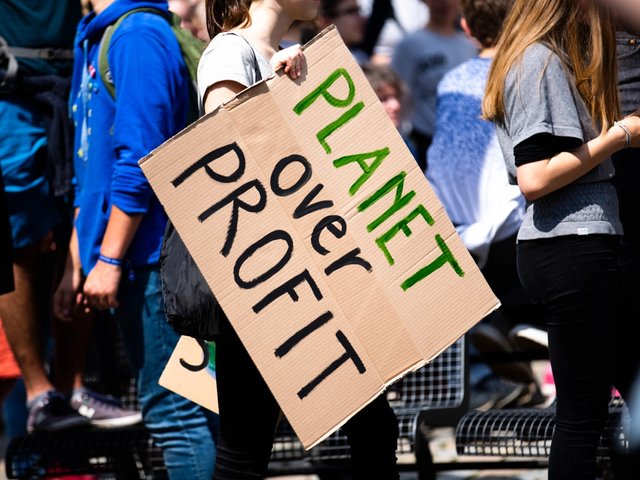Concerned with the art industry’s role in the climate crisis, artists, collectors and cultural institutions have been seeking ways to implement sustainable practices. While many factors contribute to the art sector’s climate impact, reducing material waste is a more tangible concern, in particular as the industry returns to a steady stream of exhibitions and art fairs. Recognising this issue, a peer-to-peer, resource-sharing website has launched that allows users to post items to buy, sell or exchange for free. Called Barder.art, the platform has been quietly connecting galleries, artists and institutions in New York and Los Angeles in its beta phase for over a year, and officially launched during Frieze’s recent Los Angeles fair.
From lighting to crates to furniture, Barder can be used to save any item from ending up in a landfill. Anyone, including individuals and users from institutions, can join the platform to list or claim items. Users control their own listings, and inventory remains on the “source” page until it’s claimed. In one currently active post, for instance a downtown Los Angeles gallery has listed a new crate available for free. The post includes dimensions, materials, location and an image of the crate. A similar initiative called Circular Arts Network was created in Scotland in 2019 and is still active today with hundreds of free and low-cost materials listed.
“Barder's goal is to aid users in addressing a number of issues in the art industry, namely waste management, lowering of operating costs, siloed relationships, and recovery of valuable space especially in major cities where the arts thrive,” said Jae Cho, who founded Barder along with Laura Lupton. Cho, who is also the director of Spencer Brownstone Gallery, conceived of Barder after noticing an industry-wide standard of discarding usable items only to have to buy new ones later. Lupton, a director of special projects at Gladstone Gallery, is a climate activist and co-founder of Artists Commit and Galleries Commit.
Barder debuted in a beta phase in 2020 and so far most users have been from larger institutions, which was a surprise to Cho. “Our original prediction, that artists and individuals would make up the majority of users, was completely off. As it turns out, there is an urgent need for larger organisations to be able to offload materials, and those materials are, more often than not, perfectly reusable and would otherwise be discarded. This has been reflected in our initial user base.”
Commonly discovered by word of mouth through the growing network of sustainability initiatives in the arts, Barder has been operating as something of a grassroots initiative. “We found many colleagues in the individuals and organisations donating their time and labor to address sustainability issues in our industry, in particular Art into Acres, Art + Climate Action, Gallery Climate Coalition, Galleries Commit and Artists Commit, Art / Switch, Ki Culture, and MuseoCycle,” says Cho. “We have been working with them to spread awareness of Barder to provide a tool to support climate action.”
Branching outside of these sustainably-minded groups, Barder officially launched during Frieze Los Angeles. Information on the platform was included in the exhibitor packet for participants to access and offload items during and after the fair. As its formal entrée into the broader art industry, Barder saw only limited use associated with Frieze, but Cho was optimistic and emphasised the launch as a stepping stone for future art fair collaborations. Such partnerships would be particularly useful, as art fairs are notorious for wasteful practices due in large part to the temporary nature of the events and the transportation of both artworks and people to and from them. For its part, Frieze launched a committee in 2021 to work on issues of sustainability internally.
While engagement might not have been high during Frieze Los Angeles, the launch provided Barder with an opportunity to reach new users. As more individuals and institutions become familiar with the website, the hope is that usership and the number and type of items available will grow. Ultimately, the goal is for the reuse and sharing of art and exhibition materials to become second nature.
Cho says, “The broader mission is to facilitate a change in our culture to one of mutual care and resource sharing, by providing an economic incentive to collectivise and implement sustainable practices.”





